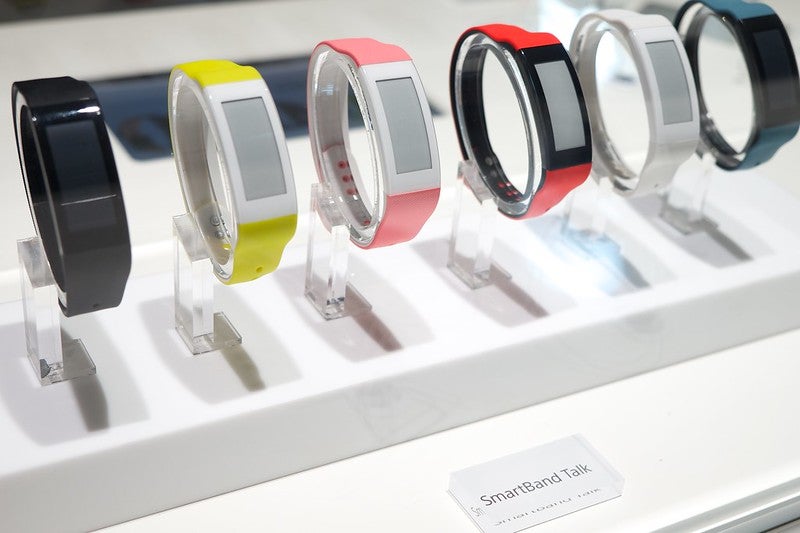It was no big surprise when the world first heard that the smartwatch was on its way. After all, it was the next logical step from the smartphone as a mobile way to connect to the internet.
“Sony Smartwatch” (CC BY 2.0) by Janitors
Over time, they have started to appear on more and more people’s wrists. However, there are still some dissenting voices out there who don’t really see the purpose of having both a smartphone and a smartwatch–especially as you generally can’t have the latter without the former.
So it would seem like a good idea if the makers of these advanced pieces of tech started to take a closer look at some other features that could be added to raise them from the category of “nice to have” up to “lifestyle essentials”.
Maybe the place to start would be by looking to potential groups of users looking for specific features in their phones. For example, it’s a reasonable assumption that people who are interested in the latest tech are also likely to be early adopters of the smart home principle too. So, by using the motion sensor in a smartphone, it could just take a specific gesture on the wearer’s part to do anything from closing the curtains to switching the channel on the TV.
Another very likely target audience could be the people who like to play on mobile online casinos. Already, a number of these have apps that work on smartwatches and there is also a steady supply of new players attracted by the free spins no deposit offers that many casinos make. This allows them to play on countless sites across some very well-known slots games. The small screen size of a smartwatch is an obvious limiting factor – but the playing experience could be greatly enhanced if it were to be made even slightly larger.
“Tourist” (CC BY 2.0) by illustir
Then there are travelers, another group who could find a multitude of new uses from a smartwatch. At the most basic level, it could be by offering live travel information or offering alternative, quicker routes to their destination. For those exploring a city on foot, there might even be haptic feedback delivered via the wrist guiding them through the streets until they reach their destination.
Obviously, the apps that are needed to offer these kinds of services are not the responsibility of the smartwatch makers themselves. But closer liaison with the app developers and a joined-up approach to enhancing the abilities of the devices is what is very much needed.
However, there is one key issue that needs to be resolved if some of these ideas are ever going to come to fruition. This is to increase the length of time a smartwatch will run on a single charge. After all, the more people come to rely on the device, and the greater the demands on its power, the more reliable it needs to be.
But smartphones have managed to hugely increase battery capacity over the years. And, once smartwatches do the same, it could be the start of a great leap forward.



